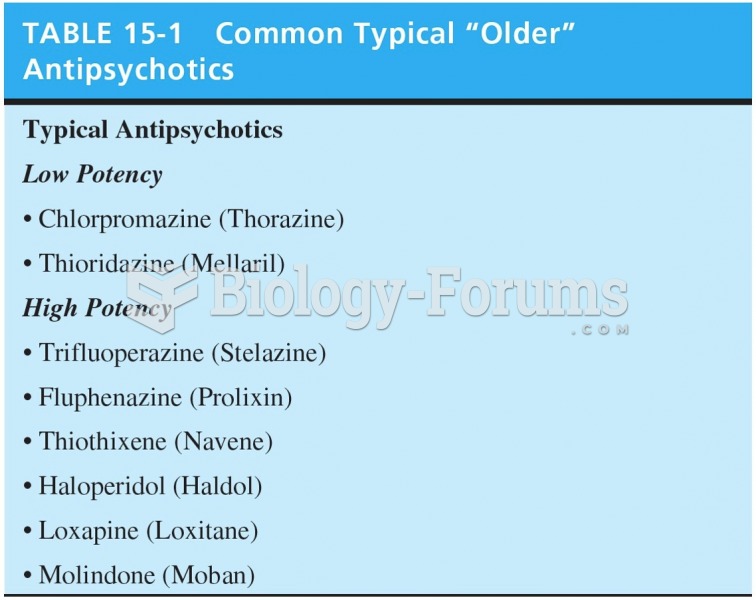|
|
|
The longest a person has survived after a heart transplant is 24 years.
Immunoglobulin injections may give short-term protection against, or reduce severity of certain diseases. They help people who have an inherited problem making their own antibodies, or those who are having certain types of cancer treatments.
The training of an anesthesiologist typically requires four years of college, 4 years of medical school, 1 year of internship, and 3 years of residency.
Addicts to opiates often avoid treatment because they are afraid of withdrawal. Though unpleasant, with proper management, withdrawal is rarely fatal and passes relatively quickly.
During pregnancy, a woman is more likely to experience bleeding gums and nosebleeds caused by hormonal changes that increase blood flow to the mouth and nose.
 Older adulthood can be a time of independence and exploration as responsibilities diminish and the ...
Older adulthood can be a time of independence and exploration as responsibilities diminish and the ...
 A replaceable PROM used in an older General Motors computer. Notice that the sealed access panel ...
A replaceable PROM used in an older General Motors computer. Notice that the sealed access panel ...





